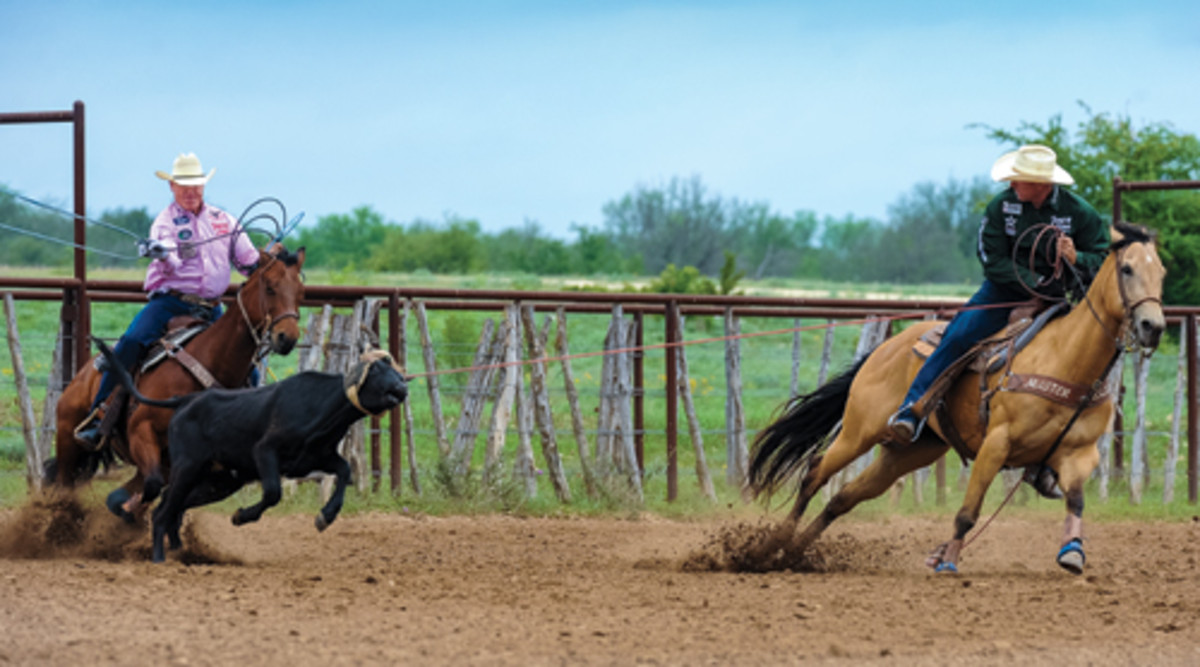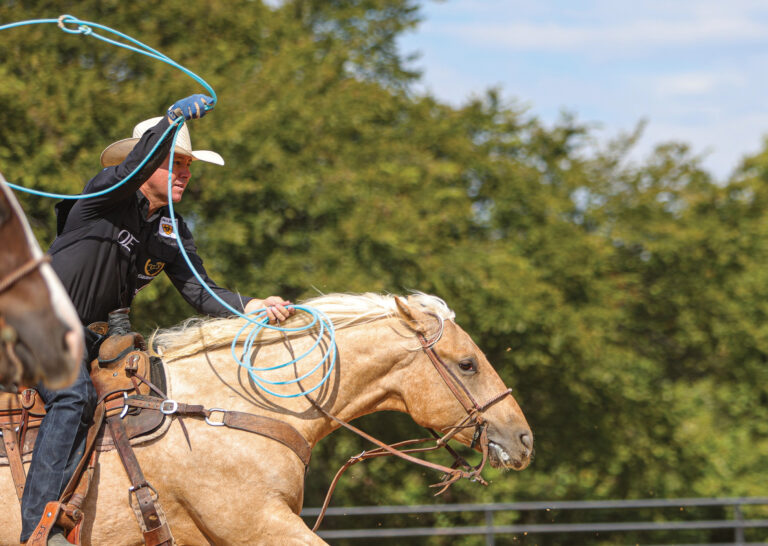Having a horse that you know is going to stay hooked is so valuable, especially as hard as a summer in the rig is on one. The 12 to 20-year-olds tend to take it the best and stay more even over time. Hauling is probably as hard on horses as the actual roping, and the older horses have also learned to take care of themselves on the road. It’s so great when you can make friendships along the way, where you can stop somewhere, rest your horses and maybe run a few practice steers. There are also stretches of time when that’s not possible. That’s when those solid, older veterans come in so handy. Sometimes they need to rest, or just stay legged up without running any extra steers on them in order to bounce back. You might need to score some, free a horse up or kick one out on pasture, so he can relax a little and freshen up.

You look at all the guys who’ve had good, solid horses who’ve contributed so much to their success. Those horses were reliable. Those guys didn’t have to waste a lot of time trying to figure out how to get by their horses’ problems. That’s a huge advantage, because there isn’t much time for horse hunting in the heat of summer rodeo battle.
Having an old veteran horse like (Travis Tryan’s) Walt, (Charles Pogue’s) Scooter or (Bobby Hurley’s) Spiff gives a guy a real advantage. More than anything, those horses just needed a little rest every now and then. If you get a really good one like that, you want to have a second horse to ride in the mud or when the cattle are big and sorry. That second horse helps you preserve your good one.
There are a couple rodeos that aren’t your typical rodeos. You need a little different type of horse for a Cheyenne (Wyo.) or Salinas (Calif.). The scores are a lot longer and you have to chase your steers down. You have to be fast at Nampa, then turn right around and score one 30 feet at Salinas—and it’s a horse race. You can’t have a head horse that ducks at Salinas or Cheyenne. You need one that’ll score and run.
A lot of guys have to switch horses in the different conditions, especially when it’s one of the two extremes—short or long scores. The really good, old horses are so faithful that they’ll do their best everywhere you go. You take them from Salinas and rope at Salt Lake the next morning, and dial right back into fast setup, rodeo mode.
The great old veterans don’t need to be tuned up nearly as much as the green ones. Sometimes the best thing you can do is find them a big, comfortable pen and let them rest more than anything.
When you have one of the solid, veteran horses it’s easy to take them for granted and think you’ll have them forever. The good ones are tough, and you rely on them year in and year out. When you lose a horse like that it’s a major blow, and a struggle to start over and find another one. When I started, your good horse was your practice horse, your jackpot horse and your rodeo horse. We didn’t think much about it. That’s just the way it was. It’s come a long way since then. Guys have figured out that when you get one of those good ones you better save those runs, keep that horse in good physical condition, score, free him up and just take really good care of him.










